Nestled amidst the majestic Himalayas, Kathmandu Valley beckons travelers with its rich tapestry of history, culture, and natural beauty. This ancient basin, encompassing the three historic cities of Kathmandu, Bhaktapur, and Patan, is a UNESCO World Heritage Site renowned for its architectural masterpieces, spiritual sanctuaries, and vibrant traditions. As we embark on this journey through Kathmandu Valley in 2024/2025, we invite you to explore its timeless allure and immerse yourself in a land where every street corner tells a story of centuries past.
A Cultural and Historical Gem
Kathmandu Valley serves as the cultural and spiritual heart of Nepal, offering a glimpse into the country’s illustrious past and enduring traditions. The valley’s cities, each a distinct cultural hub, are adorned with palaces, temples, and shrines that bear testament to the artistic prowess of ancient civilizations. Kathmandu, the bustling capital, boasts the iconic Kathmandu Durbar Square, where ancient royal palaces and intricately carved temples stand as silent witnesses to bygone eras. Bhaktapur, the “City of Devotees,” captivates visitors with its well-preserved medieval architecture, including the renowned Nyatapola Temple and the ancient 55-Window Palace. Patan, also known as Lalitpur, enchants with its fine metalwork and the serene beauty of the Golden Temple (Hiranya Varna Mahavihar), a testament to Newari craftsmanship and Buddhist influences.
Spiritual Sanctuaries and Festive Traditions
Beyond its architectural wonders, Kathmandu Valley is a sanctuary for spiritual seekers and a canvas for vibrant cultural celebrations. Swayambhunath Stupa, perched atop a hill west of Kathmandu, is a pilgrimage site revered by Buddhists and Hindus alike, offering panoramic views of the valley and an atmosphere steeped in serenity. Nearby, Boudhanath Stupa stands as one of the largest stupas in the world, adorned with prayer flags and encircled by monasteries where monks chant prayers and spin prayer wheels in rhythmic devotion.
Throughout the year, the valley comes alive with colorful festivals that celebrate its religious diversity and cultural heritage. Indra Jatra, with its lively processions and masked dances, honors the Hindu rain god Indra and marks the onset of the harvest season. Dashain, Nepal’s most significant Hindu festival, fills the streets with festive fervor as families reunite to receive blessings, exchange gifts, and partake in traditional feasts. Losar, the Tibetan New Year, brings joyous festivities to Boudhanath and Swayambhunath, where butter lamps flicker in the twilight and prayers resonate with the promise of renewal.
Gateway to Adventure and Natural Beauty
While steeped in history and spirituality, Kathmandu Valley also serves as a gateway to outdoor adventures and breathtaking natural landscapes. Trekking enthusiasts can embark on scenic trails that lead through verdant hillsides and quaint villages, offering unparalleled views of snow-capped peaks and terraced fields. Shivapuri National Park, a haven for wildlife and nature lovers, beckons with its pristine forests, serene lakes, and diverse flora and fauna.
Historical Background
Kathmandu Valley, the cultural and political hub of Nepal, has a history that spans over two millennia. The valley was once the seat of the ancient Licchavi and Malla kingdoms, whose legacies are preserved in the form of magnificent temples, palaces, and stupas. These dynasties flourished between the 4th and 18th centuries, contributing significantly to the region’s art, architecture, and religious practices.
Geographical Features
Nestled in the central part of Nepal, Kathmandu Valley is a fertile basin surrounded by the rugged Himalayan mountains. At an average elevation of 1,400 meters (4,600 feet), the valley spans approximately 640 square kilometers (247 square miles). It is bordered by several major peaks, including Shivapuri to the north and Phulchoki to the south, offering stunning panoramic views of the surrounding landscapes.
Main Attractions
Cultural and Historical Sites
1. Kathmandu Durbar Square
Kathmandu Durbar Square, a UNESCO World Heritage Site, is the historical heart of the city. It showcases a mesmerizing blend of Newari architecture, comprising palaces, courtyards, and temples that date back to the Licchavi and Malla periods. Highlights include:
- Hanuman Dhoka: The old royal palace named after the monkey god Hanuman, with intricate woodcarvings and historical artifacts.
- Kumari Bahal: The residence of the Kumari, a living goddess revered by Hindus and Buddhists alike.
- Taleju Temple: A towering pagoda-style temple dedicated to the goddess Taleju Bhawani, offering panoramic views of the square from its elevated platform.
2. Bhaktapur Durbar Square
Known as the “City of Devotees,” Bhaktapur is renowned for its well-preserved medieval architecture and vibrant cultural heritage. The Durbar Square is a UNESCO World Heritage Site and features:
- Nyatapola Temple: A five-story pagoda-style temple dedicated to Siddhi Lakshmi, the goddess of prosperity, with intricate carvings and statues of mythical creatures.
- 55-Window Palace: A masterpiece of Newari architecture, showcasing exquisite woodcarvings and lattice windows.
- Bhairava Nath Temple: An ancient stone temple dedicated to Bhairava, the fierce manifestation of Lord Shiva, known for its elaborate rituals and festivals.
3. Patan Durbar Square
Patan, also known as Lalitpur, is celebrated for its fine arts, including metalwork, woodcarving, and stone sculpture. The Durbar Square is a center of Newar culture and features:
- Krishna Mandir: A grand stone temple dedicated to Lord Krishna, adorned with intricate carvings depicting scenes from the Hindu epic, the Mahabharata.
- Patan Museum: Housed in the former palace of the Malla kings, the museum showcases a remarkable collection of religious art, bronze statues, and ancient artifacts.
- Hiranya Varna Mahavihar (Golden Temple): A Buddhist monastery known for its golden facade and serene courtyard, reflecting the harmonious coexistence of Hinduism and Buddhism in the valley.
Religious Centers
1. Swayambhunath Stupa (Monkey Temple)
Perched atop a hill west of Kathmandu, Swayambhunath is one of the oldest and most important religious sites in Nepal. The stupa is adorned with the iconic “All-Seeing Eyes of the Buddha” painted on its whitewashed dome, symbolizing wisdom and compassion. Surrounding the stupa are prayer wheels, colorful prayer flags, and small shrines, creating a spiritual ambiance enhanced by the playful antics of resident monkeys.
2. Boudhanath Stupa
Boudhanath, located northeast of Kathmandu, is one of the largest stupas in Nepal and a UNESCO World Heritage Site. The massive mandala-shaped stupa is adorned with prayer flags and surrounded by monasteries, making it a significant pilgrimage site for Tibetan Buddhists. Visitors can join pilgrims as they walk clockwise around the stupa, spinning prayer wheels and chanting mantras, immersing themselves in the rhythm of Buddhist devotion.
Outdoor Activities
Trekking and Hiking
The Kathmandu Valley offers a variety of trekking and hiking opportunities suitable for adventurers of all levels. Popular trails include:
- Nagarkot to Changunarayan: A scenic hike through terraced fields and traditional villages, culminating in the ancient temple of Changunarayan, a UNESCO World Heritage Site.
- Shivapuri National Park: Located north of Kathmandu, the park offers pristine wilderness, diverse flora and fauna, and panoramic views of the Himalayan peaks. Trails vary from gentle walks to challenging treks, catering to both nature enthusiasts and experienced hikers.
Mountain Biking
Explore the valley’s rugged terrain and picturesque countryside on a mountain bike. Popular routes include:
- Kathmandu Valley Rim Trail: A challenging circuit that loops around the valley, offering stunning views of snow-capped mountains, rural landscapes, and ancient villages.
- Champadevi Hill: Located southwest of Kathmandu, Champadevi offers exhilarating downhill rides through pine forests and traditional Newari settlements.
Festivals and Events
Kathmandu Valley hosts a myriad of festivals that reflect its diverse cultural tapestry and religious heritage. Some notable festivals include:
- Indra Jatra: Celebrated in September, Indra Jatra honors Indra, the Hindu god of rain. The festival features vibrant processions, masked dances (Lakhe), and the erection of the sacred Indra’s pole (Yosin).
- Dashain: Nepal’s biggest Hindu festival, typically observed in October, Dashain celebrates the victory of good over evil. Families gather to perform rituals, offer sacrifices, and enjoy festive feasts, creating a lively atmosphere throughout the valley.
- Losar: Celebrated in February by the Tibetan community, Losar marks the Tibetan New Year. Boudhanath and Swayambhunath Stupas come alive with prayers, butter lamp offerings, and traditional dances, offering a glimpse into Tibetan culture and spirituality.
Accommodation Options in Kathmandu Valley
Kathmandu Valley offers a diverse range of accommodation options to suit every traveler’s preferences and budget:
- Hotels and Resorts: From luxury hotels with panoramic views of the Himalayas to boutique resorts nestled in tranquil surroundings, Kathmandu, Bhaktapur, and Patan boast a variety of accommodation choices.
- Guesthouses and Homestays: Ideal for budget travelers and those seeking an authentic cultural experience, guesthouses and homestays offer comfortable lodging and opportunities to interact with local families.
- Hostels and Backpacker Lodges: Located primarily in Kathmandu’s Thamel district, hostels and backpacker lodges provide affordable accommodation options with communal facilities and vibrant social atmospheres.
Transportation within the Valley
Navigating Kathmandu Valley is relatively straightforward, with several transportation options available:
- Public Buses: Local buses connect Kathmandu, Bhaktapur, and Patan, making them a cost-effective and convenient mode of transportation for exploring the valley.
- Taxis and Ridesharing Services: Taxis are readily available in urban areas and can be hired for short journeys or day trips to nearby attractions. Ridesharing services such as Uber and Pathao also operate in Kathmandu, offering additional transportation options.
- Bicycles and Motorbikes: Renting a bicycle or motorbike provides flexibility for exploring the valley at your own pace. Many rental shops are located in Thamel and other tourist hubs, offering a range of vehicles to suit different preferences and skill levels.
Communication and Internet Facilities
Staying connected in Kathmandu Valley is convenient, with access to communication and internet facilities:
- Mobile Networks: Local SIM cards for Nepalese mobile networks (Ncell, Nepal Telecom) can be purchased at airports, convenience stores, and mobile shops throughout the valley. These networks offer reliable coverage in urban areas and along major highways.
- Internet Cafes and Wi-Fi: Internet cafes are available in Kathmandu, Bhaktapur, and Patan, offering high-speed internet access for browsing, emailing, and video calls. Many hotels, restaurants, and cafes also provide free Wi-Fi to guests, ensuring connectivity throughout your stay.
Tips for Visitors
- Best Time to Visit: The best time to visit Kathmandu Valley is during the spring (March to May) and autumn (September to November) seasons when the weather is mild, skies are clear, and visibility is optimal for sightseeing and outdoor activities.
- Cultural Etiquette: Respect local customs and traditions, especially when visiting religious sites and interacting with locals. Dress modestly, remove shoes before entering temples, and seek permission before photographing individuals, particularly monks and religious ceremonies.
- Health and Safety: Drink bottled or filtered water to avoid water-borne illnesses, especially in rural areas and during the monsoon season (June to September). Carry a first aid kit with essential medications, sunscreen, and insect repellent when exploring outdoor areas or trekking in higher elevations.
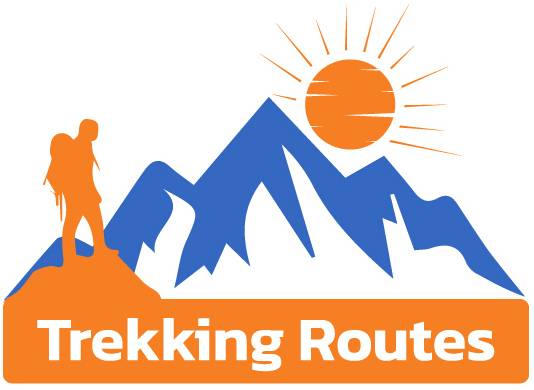

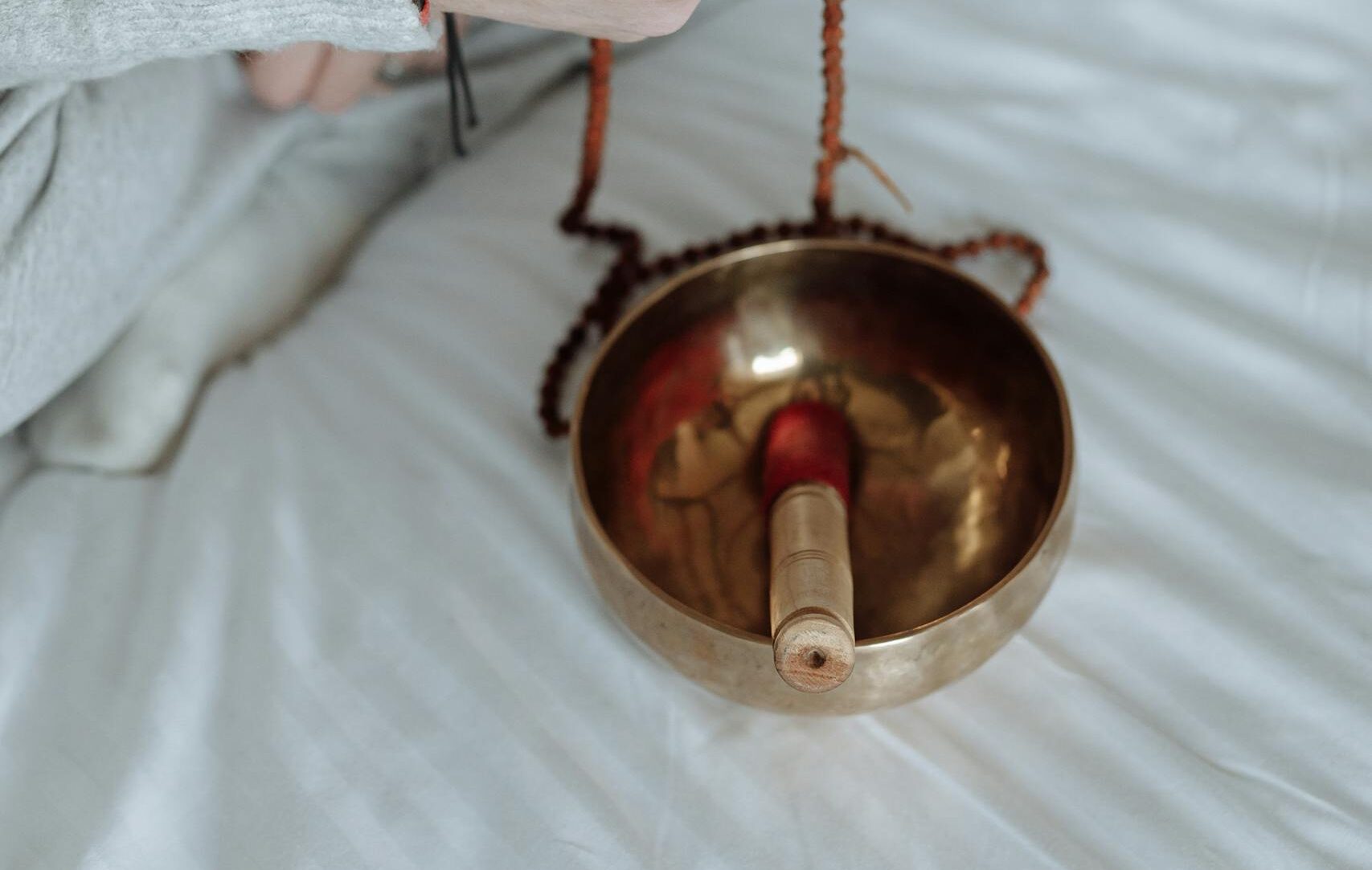
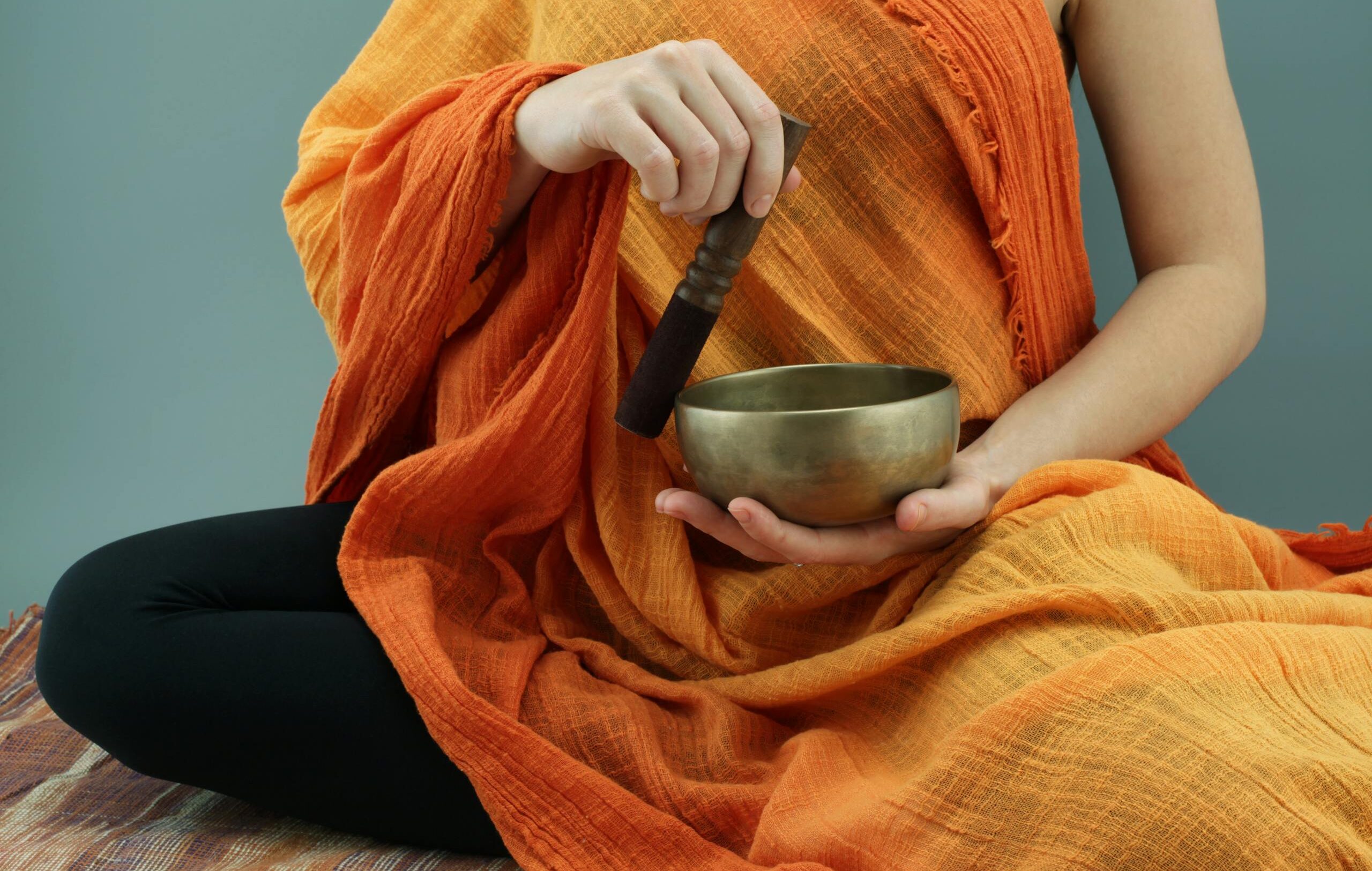
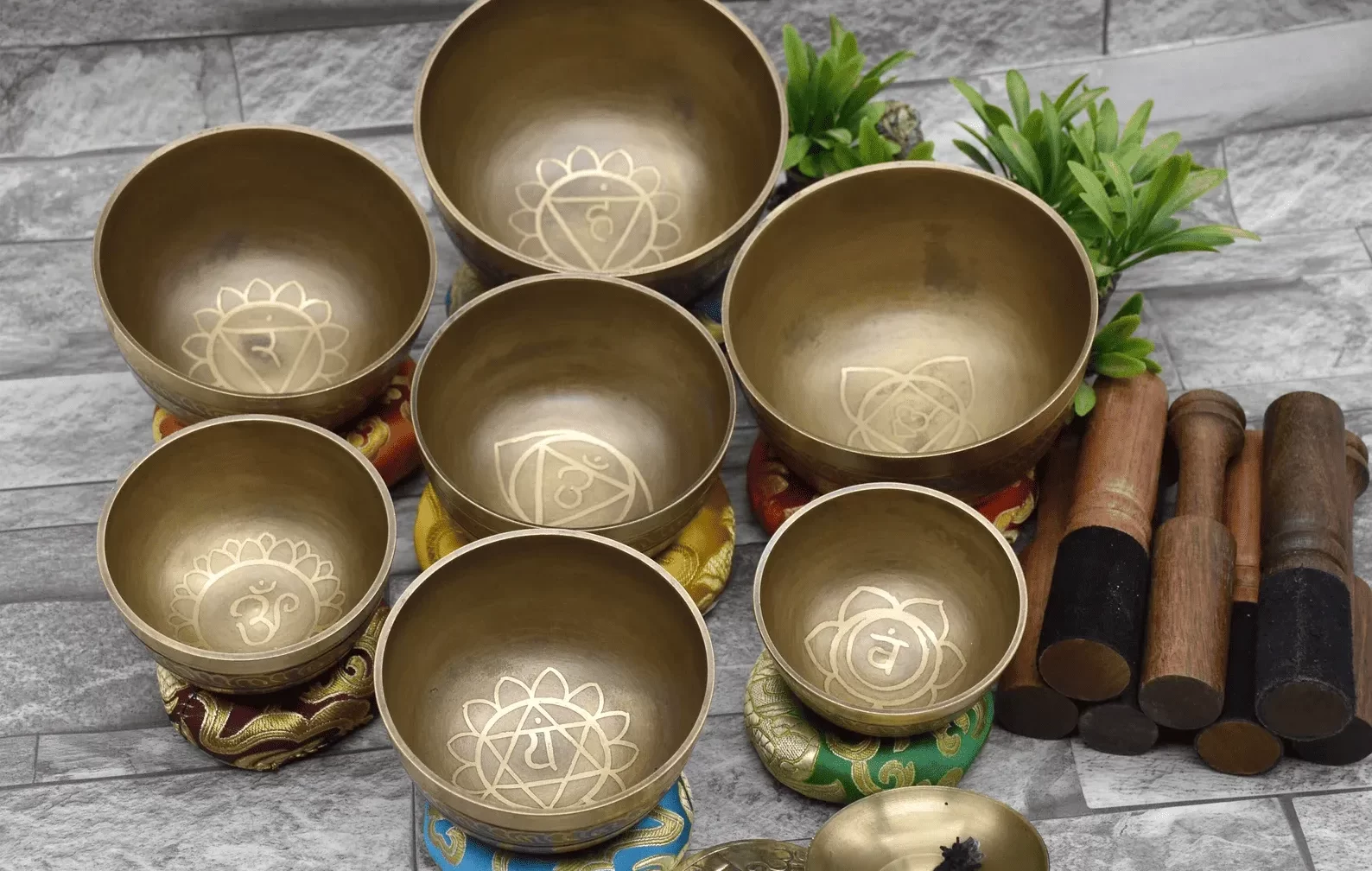
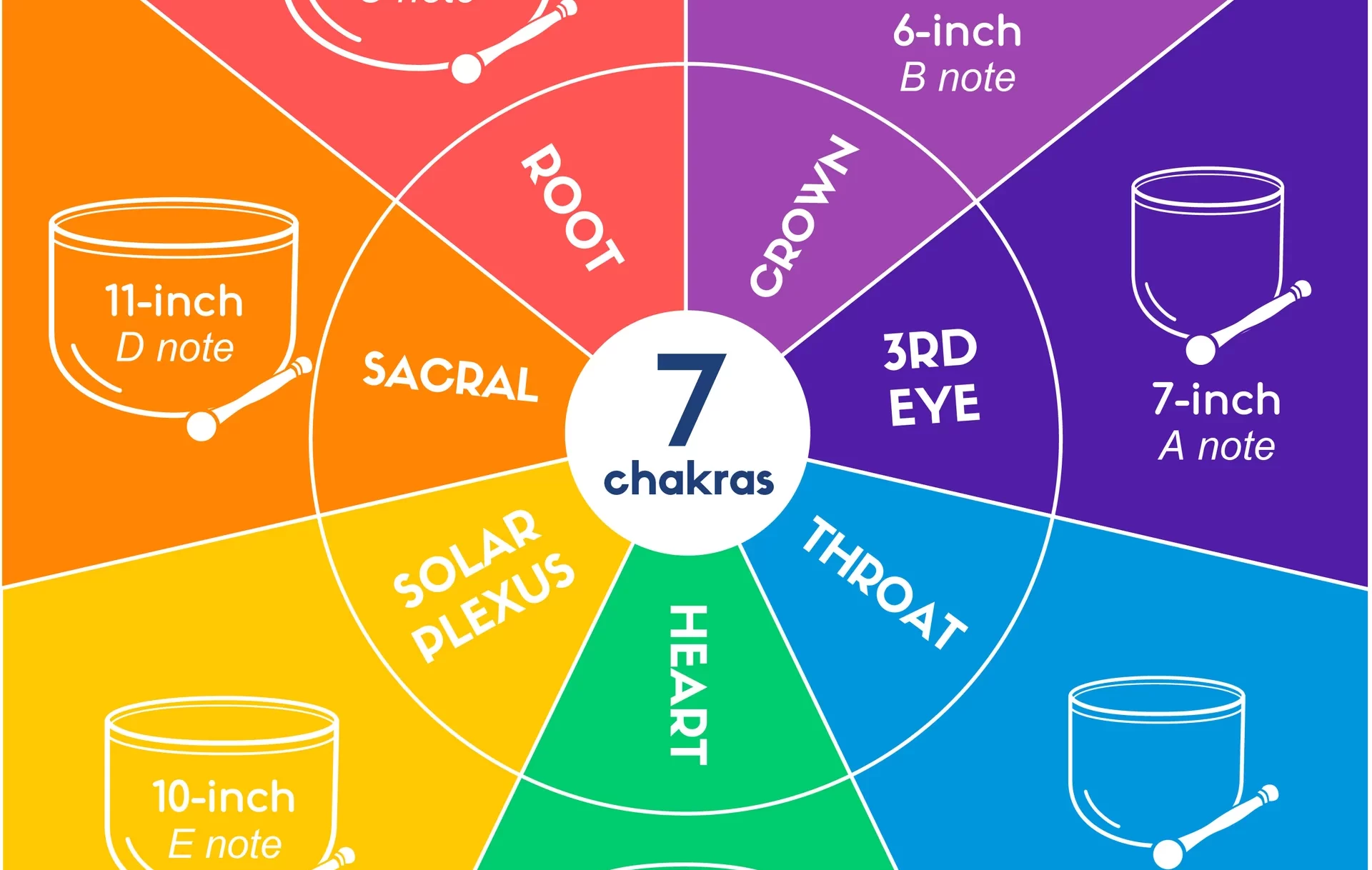
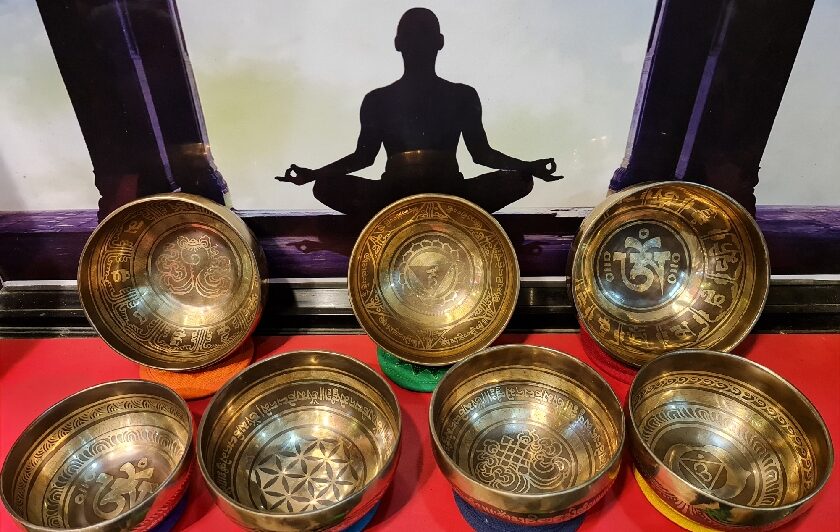
0 Comments